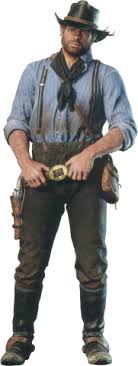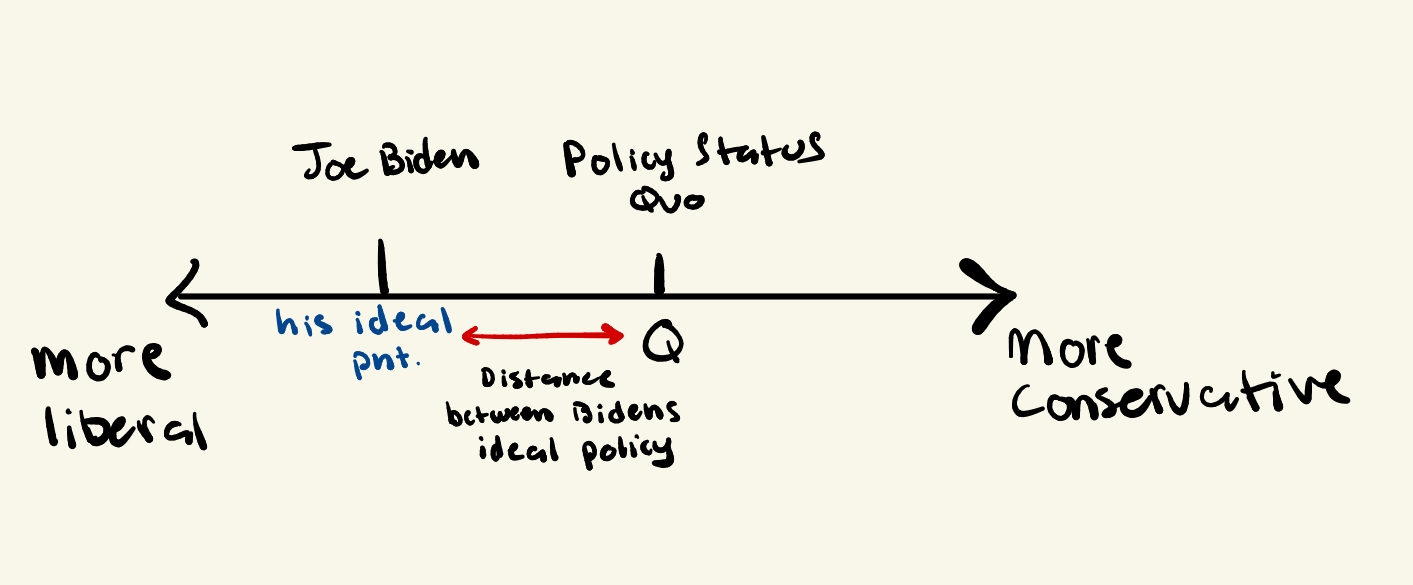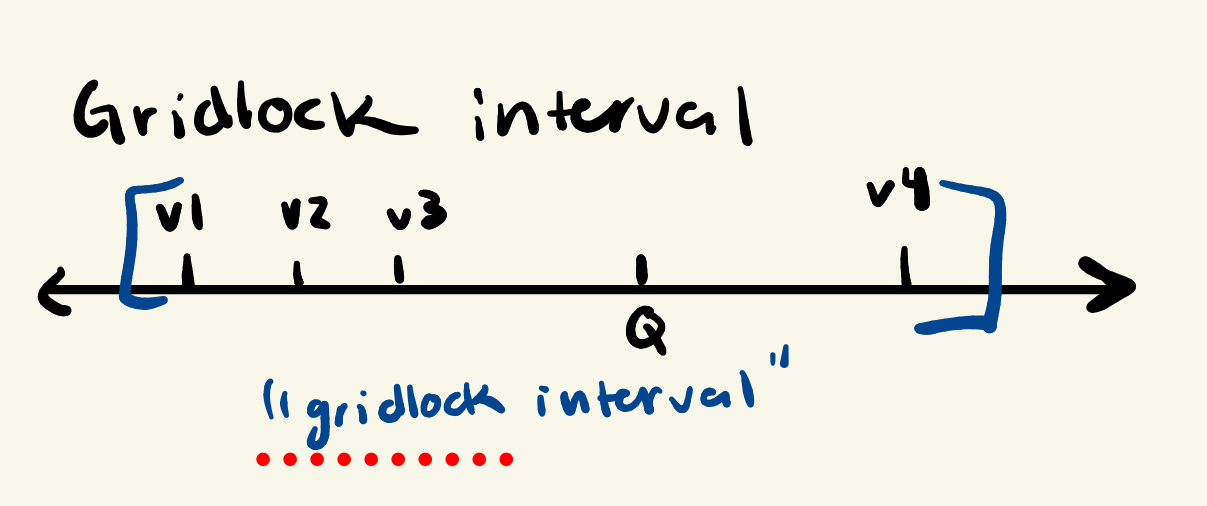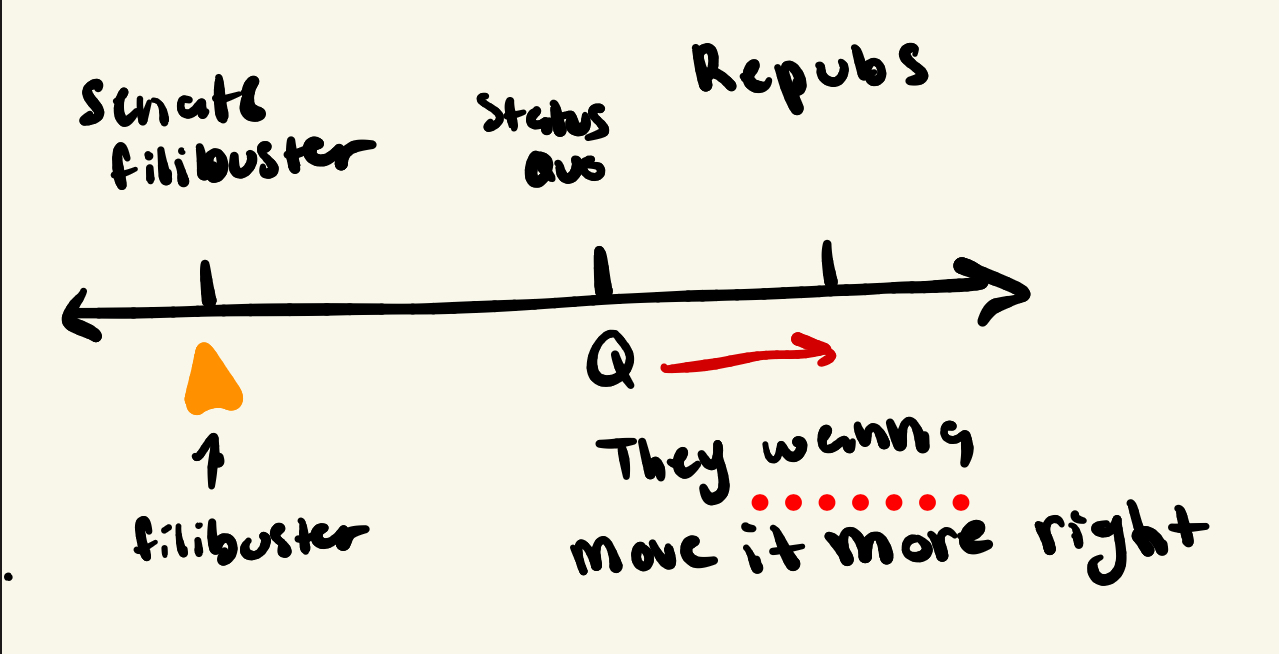POL 1010; American Gov; Big Concepts and Civics
1/32
Earn XP
Description and Tags
Exam 2 concepts; Prt. 11/4 - pt. 2 11/6
Name | Mastery | Learn | Test | Matching | Spaced |
|---|
No study sessions yet.
33 Terms
What is public policy?
What is the system defined by?
Does public policy facilitate collective action and principle agent relationships?
What the government DOES or DOES NOT do
Defined by institutions
Yes
Actors within institutions:
What power/duties do they have?
What are their incentives
Power/duty is to make, enforce, or interpret public policy (creating laws, enforcing laws, interpreting laws)
Incentives can include: advancing political goals, responding to public opinion, maintaining power of influence, fulfilling legal duties, and achieving policy outcomes that align THEIR values with constituents interests
Name the difference of official vs. unofficial actors
Official actors: those w/legal power and obligation to do policy/enforce policy
ex: office holders, bureaucrats, police,etc.
Unofficial: have NO legal power / duty to do so BUT participate in policymaking
lobbyists,activists, interest grps, media, etc.
What is “The Bureaucracy”?
Do they have constitutional authority? where does it come from?
U.S. government bureaucracy: is the large system of departments, agencies, and government corporations that implements and enforces federal laws and policies. It’s made up of millions of civil servants and military personnel who write regulations, run programs, and issue fines, providing expertise and stability in government.
ex: the mailman, legislative & executive branch
No
comes from congress (like most judicial power)
Who is congress made up of & what is their purpose?
Why are they divided into two chambers?
Congress
House of Representatives: based on population (states w/more ppl get more representatives, states w/smaller get less) - elected every 2 years
Senate: fixed state apportionment (two senators per state) - elected every 6 years
Divided into two chambers because of the CT compromise & good for internal checks and balances
What are Congress’ three main activities? (LOC)
What is the purpose of legislators doing casework?
Legislating: drafting, reading bills, voting on bills, etc.
Oversight: keeping tabs on rest of gov. like the president, bureaucracy, etc., holding public hearings about problems/policies
Casework (constituent service): helping ppl deal with gov, writing recommendations for military academics, resolving problems w/ gov
basically doing good deeds for the ppl
Why: it’s about getting re-elected because it generates lots of goodwill between constituents

Why are parties key to organization in the legislative branch?
The amount of veto points made collection action so hard which is initially why parties rose
Reduces collective action problems in congress
facilitate cooperation/coordination
easier to do things
What/who is speaker of the house?
Highest ranking member
Appoints committees, makes rules, etc.
because of parties the speaker will always be from the majority party, speaking for THAT party (majority rule)
what does the Chair of Committee do, and who are they?
Highest officer on committee, member of party that holds congress (operates on majority rule)
ex: right now all chairs are republican
This CHAIR has power to decide which bills will be debated, advanced to full chamber, etc. which they have significant agenda setting power.
True or false
Legislating is very hard (like 12 veto points) to get a bill → law
theres 5-6 veto points in senate
True
Why might Congress seem out of touch, according to Mayhew?
Members focus on reelection, so they act to win votes rather than always making the best policy.
Name three types of legislators, what did legislators realize if they are good at all three?
credit claiming: claiming credit for something, sometimes even w/ things they voted against
position taking: ''remember i agree with you on stuff so remember me before you vote”
advertising
ex: like how the dude from TX voted against IRA but since it brung money to TX he ran a campaign taking credit for it (bc he knew his voters wouldn’t clock him)
legislators realized if they’re good at all three it will be good for re-election
What is spatial model of politics
A model that represents voters, politicians, and policies in an “issue space”, usually on a left-right spectrum, where each actor has an ideal point representing their preferred policy position
How do actors behave in the spatial model of politics?
Everyone votes or makes policy to move outcomes closer to their ideal point, maximizing their utility (satisfaction or benefit).

What is the veto players theory?
the larger the # of and the distance between veto players in a political system, the less policy change there’ll be
What is gridlock interval?
Set of status quo policies that are immovable given a configuration of veto players (you can’t change it because everyone won’t be happy with it, so someone will veto it)
Grid interval is between furthest left and right veto players (anything in between can’t change)
in this case V4 would veto it if V 1,2, and 3 wanted to change policy because it would be furthest from V4

What is omnibus legislation and is it the same as punting issues to agencies or courts?
Omnibus legislation is a large bill that combines many issues or measures into one package.
It is not the same as punting issues to agencies/courts, though it may include provisions that delegate details to agencies or leave interpretation to courts.
What’s an example right now that regards the gridlock interval? How?
The Government Shutdown
Why can’t they pass a budget?: filibuster is not okay w/ quo being moved more to the right, and the right does not want to compromise

What is status quo bias?
When something that most veto players agree w/ “bias”
What is a political party?
Group of elected officials and candidates organized under a common label for purpose of attaining position of public authority (power)
like official actors & ppl who want to be official actors
for ultimate purpose of wielding power
True or false
parties don’t appear in the constitution, and originally it was opposed by the Framers
parties create durable coalitions (instead of ones that have never ending cycle)
True!
Why did parties arise?
Because of the large amounts of vetoes in the system
lots of vetoes means you need large coalitions to agree to pass anything
What tools (internal institutions) do parties use to discipline their members?
“whips” in legislature
campaign funds form committee, etc.
to always vote w/their party
What are whips in Congress and how do they discipline party members?
Whips are party leaders who count votes, persuade members, and enforce party discipline.
They use rewards, committee assignments, and political pressure to keep members voting with the party.
How do parties solve coordination problems in Congress?
Parties use leadership, whips, and committees to organize members, guide votes, and ensure collective action
What larger organizational structures do political parties have?
Parties have national and state committees and hold conventions to coordinate strategies, raise funds, and select candidates.
How do political party organizations help solve collective action problems?
They coordinate voters, activists, and donors, organize campaigns, reduce information costs, and encourage voter turnout.
What’s party identification?
A deep, long-term psychological attachment to a political party that develops early in life through socialization
saying “we” like a sports fan
What is the Michigan model of partisanship?
Voters develop a long-term psychological attachment to a party, which shapes how they perceive candidates and issues, with short-term events causing only temporary shifts.
Do consistent losses lead to “re-alignments” in parties?
Yes, but not always in name, sometimes it can just cause shifts with goals, leadership, or coalitions
ex: the Whigs’ failures against Democrats led to the birth of the Republican Party.
Are republican and democrats different compaed to repubs and dems in the 1930s, 1980s?
Yes
What are some reasons we have two parties?
Electoral system – winner-take-all encourages two main parties.
National-state relations – coordination favors broad parties. (bigger parties can unify support across the whole country, which small parties often can’t.)
Restrict third parties – structural and legal barriers limit their success.